For immediate release: Kitchener, ON, Oct. 19, 2016: ArtsBuild Ontario is pleased to announce the launch of SpaceFinder Waterloo Region to artists and creative spaces in the City of Waterloo on Oct. 26, 2016 at Amplify – a full day summit, organized by the City of Waterloo, that celebrates creativity and innovation in the region.
SpaceFinder offers a large-scale solution for artists and creative spaces for Waterloo’s creative community. Billed as an “Air BnB” for artists, SpaceFinder is a free online tool for artists to search for space, and for creative spaces to promote their rentals. SpaceFinder is designed to help increase the visibility of creative space, helping artists easily find space, and helping venues promote their under-utilized rental space. And unlike other rental sites, users do not pay any booking or search fees to use SpaceFinder Waterloo Region.
Created by Fractured Atlas, a non-profit arts service organization based in New York, SpaceFinder is a first-of-its-kind online service that enables venues to market their spaces by creating listings with photos, rental rates and equipment, and uploading a digital calendar to the website. Artists and renters can search for creative workspaces that meet their needs based on location, price, amenities and up-to-date availability. ArtsBuild has partnered with the City of Kitchener, City of Waterloo, City of Cambridge and the Region of Waterloo, to bring this tool to the community.
ArtsBuild is leading the expansion of SpaceFinder across Canada with local leaders where the tool is currently active, including Toronto and Hamilton, as well as British Columbia, Alberta and Manitoba – Waterloo Region is the first region to offer SpaceFinder to its creative community. SpaceFinder is also offered in 15 U.S. cities. SpaceFinder Waterloo Region is funded in part by the Ontario Trillium Foundation and Government of Canada.
SpaceFinder Waterloo Region officially launches to artists in Waterloo on Oct. 26 at Creative Waterloo’s Amplify 2016. Hosted by SpaceFinder Waterloo Region community partners, Amplify provides a key opportunity for the creative community to learn about SpaceFinder as a free resource for finding and promoting alternative space. ArtsBuild will be presenting SpaceFinder at 4:25pm during a Peer-to-Peer session at Amplify under the topic of innovation at the day long event.
Quotes:
“SpaceFinder Waterloo Region provides artists and cultural organizations with new possibilities for finding creative space in our community. We are so pleased to be working with our local partners at the City of Waterloo in brining this important resource to our creative community.”
Lindsay Golds, Executive Director,ArtsBuild Ontario
“It’s wonderful to see SpaceFinder right here in Waterloo Region! This matchmaking tool will foster cultural connections and I look forward to this creative approach having a positive impact on our community for many years.”
Dave Jaworsky, Waterloo Mayor
“SpaceFinder Waterloo Region is a great resource for our community. It makes finding, renting or sharing a creative space easier for everyone. I am impressed by the number and variety of spaces that have already been listed, and look forward to seeing the options grow as the tool is launched.”
Kate Hagerman, Cultural Heritage Specialist, Region of Waterloo
About ArtsBuild Ontario:
ArtsBuild Ontario is the only organization in Ontario dedicated to realizing long-term solutions for building, managing and financing the sustainable arts facilities needed in Ontario communities. ArtsBuild provides tools, training and resources that support the development of sustainable creative spaces such as theatres, galleries, concert halls, museums and other arts facilities. www.artsbuildontario.ca
-30-
Media Contact:
Alex Glass
Program Manager, ArtsBuild Ontario
alex@artsbuildontario.ca
Office: 519.880.3670 ext 103
Mobile: 226.792.4849

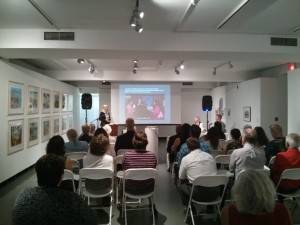
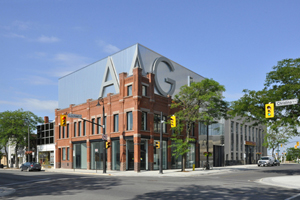
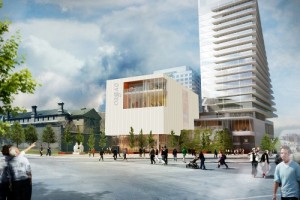 The
The 

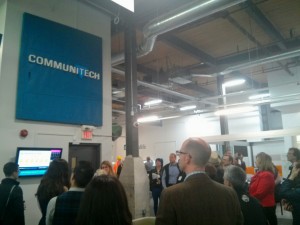
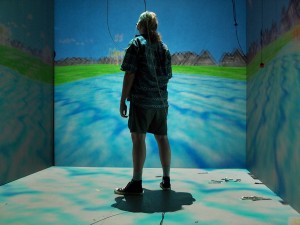 The Canadian War Museum is also embracing digital and are currently developing a
The Canadian War Museum is also embracing digital and are currently developing a 